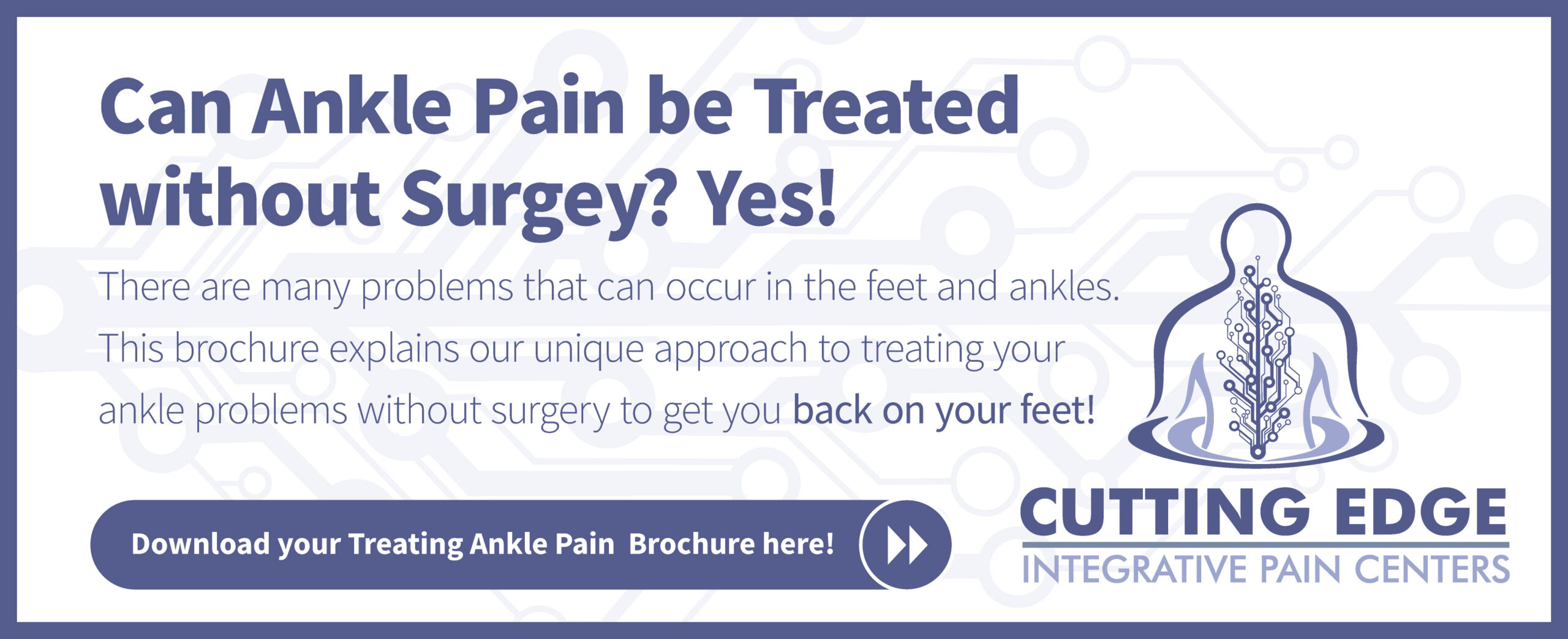While just simply walking, you might experience leg pain or fatigue. Seems normal, doesn’t it? Maybe it’s just a sign of aging, right? In fact, there may be a chance that it’s more than that. Those could be signs of peripheral artery disease, a clogging of arteries that commonly affects the legs. If left untreated, it could lead to worsening health complications.
Learn the Benefits of Geniculate Artery Embolization
What Is Peripheral Artery Disease?
Peripheral artery disease (PAD) is when you have a narrowing or blockage of the blood vessels reducing blood flow to the arms or, more commonly, the legs. Legs are more likely to develop the disease because the arteries in your legs are working against gravity to transport blood and oxygen back to your heart. In peripheral artery disease, your legs and arms don’t receive enough blood flow to maintain what is needed for oxygenation, which supplies your body with oxygen. PAD can cause leg pain when walking as well as other symptoms like rest pain.
Rest Pain: How It Is Affected by Peripheral Artery Disease
Rest pain is one of the signs of peripheral artery disease. Rest pain occurs during resting or when lying down because your legs are elevated. There is a decreased blood flow to the body due to a narrower artery making it difficult for the blood to travel through. The discomfort caused by the pain may interrupt sleep. One way to temporarily relieve this pain is to hang the affected leg over the edge of the bed, causing gravity to help pull the blood down through the congested arteries to reach its destination and deliver its oxygen faster. The oxygen deficit is replenished, relieving the pain in the leg.
Other Signs of Peripheral Artery Disease
Not everyone is aware of the signs of PAD. Many people disregard their leg pain as being normal or just a sign of aging, so they may not even realize they have a disease. That is why it is important to understand the signs of PAD and receive treatment early. PAD is a progressive disease and if it is not treated early, it could lead to stroke, heart attack, or even limb amputation
- Legs tired or hurting while walking that disappears after rest
- Claudication (leg cramps during movement) and hard to walk
- Difficulty walking longer distances
- Wounds on the legs don’t heal or take longer time to heal
What are the Causes of PAD?
Peripheral artery disease is often caused by atherosclerosis, which is a buildup of excess fat, cholesterol-containing deposits, or other substances in the blood building up as plaque on artery walls, causing blockage of blood flow.
Less common causes of PAD include:
- Inflammation of blood vessels
- Arms or legs injury
- Changes in the muscles or ligaments
- Radiation exposure
Who is at Risk of PAD?
- Increasing age, over the age of 60
- Having diabetes
- Smoking
- High blood pressure
- High cholesterol
- Family History
- Obesity
What are the Preventions?
Smoking is a common cause of PAD. Avoid smoking or try to quit smoking as soon as possible. Taking steps to control and manage blood pressure, cholesterol, and blood sugar can also help prevent PAD. Eating foods that are low in saturated fat can help, and staying active helps you improve oxygenation and blood vessel flow throughout the body.
Treatment Options of PAD?
If you suspect you have PAD, contact a medical professional to receive an ankle-brachial index test. If you have PAD, there are multiple treatment options available. One of the most common includes going into the affected vessel and trying to clear it out by opening it up or emptying the vessel. Another traditional treatment option includes using an injection or surgery to create a different path that bypasses that artery. However, these treatments are invasive and complex. For those that are unable to receive these treatments, Cutting Edge offers non-invasive treatment options, such as the application Regenexx and neuromodulation to treat PAD. Regenexx treatments are non-surgical treatments that use your body’s healing agents to treat injuries, while neuromodulation is a treatment that alters your nerves to alleviate chronic pain.
Learn More about How Cutting Edge’s Innovative Solutions Can Help
If you have any questions or have experienced these symptoms, seek medical advice. The healthcare team at Cutting Edge has experience in providing treatments for PAD. We’ll help provide you with an effective and affordable treatment plan that will relieve your pain.
Our team at Cutting Edge specializes in providing effective, non-invasive treatment options. If you are currently experiencing pain and would like to learn more about our treatment options, contact our office today.


